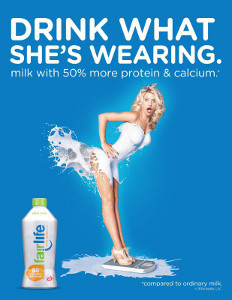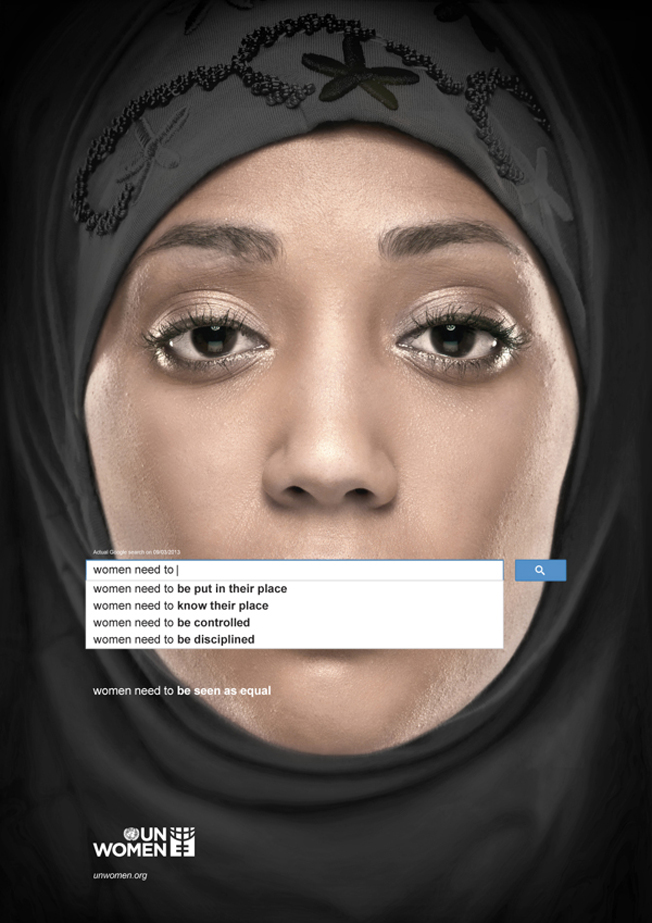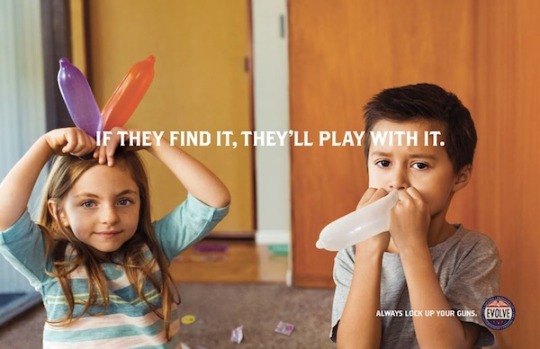Advertising
serves many more purposes than to promote a product or a service. It sells sex,
impossible realities, pressure (to be more like what they are telling and
showing you) and promotes a standard that can sometimes be physically
impossible to achieve. This realm of advertising and how it portrays sexuality
and gender has been around for a long time now and not much has changed. Though
today you can find advertisements that debunk the usual context of over
sexualizing women to sell products or promoting unhealthy ways of living. Those
ads that debunk the myths usually promote awareness to a cause or to combat the
effects of everyday advertising.
 |
| Beverage ad that depicts women sexually |
Advertising,
when it comes to gender, tends to place favor on the man in every sense of the
word. They appeal to the male’s gaze. "
 |
| Vintage ad on body images of women |
Advertising can
be very damaging to all those who don’t take the time to deconstruct them or to
those who do not have the knowledge to do so. This can be especially damaging to
young children, especially girls. As a child growing up, especially in this day
and age where the media is crucial part of their lives, they are bombarded with thousands of ads a day, even if they are not aware of it. These ads present an unrealistic "ideal" person that they should become one day. They show children that they must look a certain way, act a certain way and of course have certain things to be accepted and wanted in this world. If you are thin, blonde and own tons of makeup, then you're perfectly perfect, even though not everyone is made in this image. Representation is very important and having a lack thereof will lead young children and even some adults to feel unimportant or not good enough for not being what is displayed. Since media is so prominent within our culture children have no choice but to look towards it for inspiration or to get a better understanding of who they are and who they should be. They want to look like the guys and girls of the magazines, even if they don't understand that not even the men and women of the magazines don't look like the men in women in the magazines. They shape themselves to want to be like these people and have what they have, because only then could they be accepted. Ads give a sense of completion, of want, they persuade people into think that buying into those products or services can make you better, and that connection with the consumer and advertising starts from young. There is a high percentage of eating disorders among young girls. The desire to stay skinny and beautiful is very important and they get these messages from ads. "
 |
| Women Equality ads for UN Women |
 |
| "If they find it, they'll play with it" ad that promotes Gun Violence "Lock up your Guns" |
We are used to the usual. The sexy woman promoting shaving cream for men, or an apple being photoshopped to look sexy and represent the female figure, but not all ads are used to promote beauty, sell a product, or to give unrealistic standards to people. Some ads can be used to raise awareness or reshape culture's views on the "norm". As of late these type of ads like the one on the right can be seen. Though there aren't many of these types of ads or campaigns like the dove beauty campaigns, this is still a step in the right direction, even if they are baby steps. Ads that raise awareness tend to be found more online than in person. These types of ads can be very useful to try and change the way advertisers advertise. Representation is important and if you attack every area (race, gender, sexuality) then people wont feel the need to have to go an extra mile to change themselves. They will be seen for who they truly are rather than who they want us to be. “They are really projecting gender display - the ways in which we think men and women behave - not the ways they actually do behave. Such portrayals or images are not reflective of social reality. In advertising, for example, women are primarily depicted as sexual objects or sexual agents.” (Cortese, 52)
As much as we, those who can point out the crap that these companies are selling us, would like for things in the advertising world to change, the truth is it will be a long time before it does so. Sex sells, it appeals to the masses and thats the sick and simple truth. So as long as a women is beautiful and her body image is 'perfect' she will be the center of it all...and her image will be thrown in everyone's faces.
Words Cited:
1. Kilbourne, Jean. "Beauty and the Beast of Advertising." Media & Values 1989: 121-25. Print
2. Cortese, Anthony Joseph Paul. "Constructed Bodies, Deconstructing Ads: Sexism in Advertising." Provocateur: Images of Women and Minorities in Advertising. Lanham, MD: Rowman & Littlefield, 1999. 45-76. Print.
3. Wolf, Naomi. "Culture." The Beauty Myth: How Images of Beauty Are Used Against Women. New York: W. Morrow, 1991. 58-85. Print.
No comments:
Post a Comment